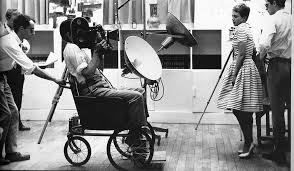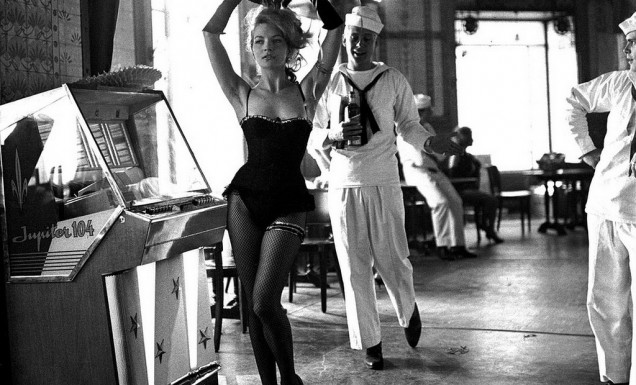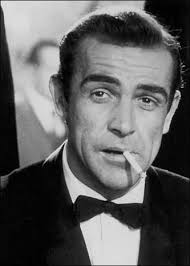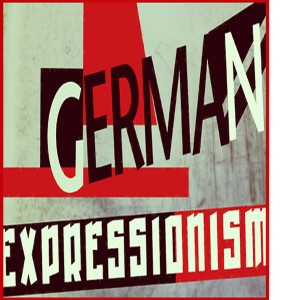Daily Archives: January 28, 2019
Filters
French new wave “Breathless”
French New Wave is a film movement which emerged in the 1950’s and 1960’s. It is a form of European art cinema, and is often referred to as one of the most influential movements in the history of cinema.

French new wave began due to a lack of studio funding and need for change by the directors, because of the low funding it forced directors such as Jean-Luc Godard to use more DIY techniques, for example, the car scenes weren’t on a sound stages but actually driving on a real road. It was the sense of effortlessness that gave French new wave its title, The chosen scenery was relatable to the audience as a lot of the films were shot in cities, the plots were realistic and more importantly believable. Also the characters In the films were cool, chilled and detached which turned them into icons for the audience, The characters were also considered fashion statements because of how they dressed and looked, we can see this in ‘Breathless” because Patricia had short hair and wore weightless striped shirts not to mention her ‘New York times’ shirt she wore when selling papers in the streets.

People argued that french cinema was similar to the literature, which expresses the same ideas that are shown in novels and paintings. The artists at that time used movies to voice their thoughts. Some of the leading film producers wanted to change it and this is the birth of the movement in the history of French cinema (French new wave). The movement wasn’t purely about cinema, it was about all art forms including art and music, cinema is an art form and it changed along side these other art forms.
“Cinema is not a craft it is an art” said Jean-Luc Godard
A few examples of french new wave films are:
 Lola (Jacques Demy) released in 1961
Lola (Jacques Demy) released in 1961
 Les Bonnes Femmes (Claude Chabrol) 1960
Les Bonnes Femmes (Claude Chabrol) 1960
 Shoot the piano player (François Truffaut) 1960
Shoot the piano player (François Truffaut) 1960
Editing and cinematography in breathless

Jean-Luc Godard used loads of jump cuts in a new and exciting way that provided the film with a lot of movement. “I remember very clearly — how I invented this famous way of cutting, that is now used in commercials: we took all the shots and systematically cut out whatever could be cut, while trying to maintain some rhythm.”

This photo shows how throughout the film Michel glanced over towards the camera almost breaking the fourth wall, But Godard played with the rules of traditional cinema to see what was possible, This glance gives the scene a more relaxed feel and allows the audience to empathise with the character more as though he were really speaking to us.
How French new wave influenced cinema
I often see similarities with French new wave when watching modern films but I see it mostly in the characters mannerisms and how they are presented to the audience. In 1962 James bonds ‘Dr. No’ was released and the character of James Bond is much like that of Michel because of his style and flare.

In 1981 Raiders of the lost ark (Steven Spielberg) was released and Indiana jones had the same sense of suave as Michel and James Bond.

We can also see just from this image how jones also glares into the camera just like Michel in ‘Breathless’.
The Cabinet of Dr Caligari
The Cabinet of Dr Caligari is a German 1920 silent horror movie released in 1920 directed by Robert Weine and is seen as a important film of expressionist cinema in Germany. This film was created and released in 1920 what was 2 years after the end of WW1 what meant the memories felt fresh what led to the expressionist art movement in Germany where work was considered bleak and depressing as a way to represent the condition of the country what had been suffering from crisis in the new Weimar Republic. The script was also inspired from writers Hans Janowitz and Carl Mayer own experiences with the military in WW1 who became pacifists. This film connects to these themes and events by bringing all of these together to create a final product what becomes a message from the director like all expressionist work what states look what war does. This film was produced by Decla-Bioscop AG a independent German film studio, what wasn’t apart of UFA what was the main studio in this period of time in Germany after it being founded in 1917. Erich Pommer was one the producers on the film, who was seen at that point as one of most powerful people in film in Germany and Europe. He was also apart the silent German expressionist movement era in film. The props and sets took 2 weeks to finish and were designed by Herman Warm, Walter Reimann, Walter Rohrig. They used many different eras of history in their work, this was done to show the importance of film design to German film in the 1920s.

Weine’s work is innovative by how he captures horror throughout the film by creating unease through visuals and unpredictability through its plot. The stage in all scenes use backgrounds what both makes the setting seem bigger but however this effect also adds to this horror genre as it gives a sense of claustrophobia through unease. This gives the style of the setting a unique factor what gives the movie the factor of horror across the whole movie. Also using paint as shadows to cut cost was very helpful in creating a more unusual setting by having a more equal amount in contrast in black and white scenery, this especially used well in the kidnap scene where its the room is pretty much covered in shadow except for the area surrounding the window. By also making the deign of the set more rigid and diagonal it makes it more of a horror movie by making the audience feel unease, as it really limits at the same time as making you not want to be apart of the world. Costume and make-up also builds Cesare as horror figure by making him look unlike everyone by making him seem like he is dead, by doing that it follows certain themes that impact the twist at the end even more. The best scene in the movie where Cesare is seen as a horror figure is when he climbs the building with damsel in distress what encapsulates all feelings the antagonist in horror movie has in these movies. Cinematography is used with the stage well as it keeps as little space as possible as Weine seems to do it purposely to keep that claustrophobic feeling to the whole movie. He is uses the closing of an eye as a camera effect well to indicate the end of the scene and when cutting to the next, as it again follows the idea this is a dream. It also creates emotion quite well when showing the shock and sadness when one of victims family finds them dead. It gives so much through the iris closing right on the shocked members face, focusing on lots of different emotions all at once. In almost all shots of the film he covers part of the side of the camera to firstly to limit even more space but to make it seem the environment is fading, to make it look it more like a nightmare by keeping it as dark as possible. As its black and white and silent the composition as well as aspect ratio makes it seem more of a horror as everything is so dark while its missing the sound what adds a certain predictability to films what helps it massively, as you can’t predict anything first time after viewing.

Robert Weine legacy has run through cinema with his style especially being lasting effect. The most obvious inspiration from this is Tim Burton who creates films very similar to Weine with a Gothic twist to all is movies what is that it creates unease even if it is not supposed to be a horror or thriller with examples of this being Batman( a superhero movie) and Planet of the Apes( a sci-fi film). It is clear that there is inspiration in visuals and dark themes in both directors work. Burton even took it further in Edward Scissorhands and Dark Shadows by making Johnny Depp’s characters look nearly identical to Cesare. This likely led to other directors making Depp look like Cesare by making him look dead in the eyes such as in the Pirates franchise. Weine has also had an obvious effect on horror movie settings and locations, as in this film mostly due to small studios but uses the small space in the screen to create that claustrophobic and enclosed environment in film that makes scenes more intense and dramatic as their is less space for the cast in the space what further limits what can happen in a scene. It can also be seen in the neo-nor film Blade Runner what uses claustrophobic environments to show its theme of over population. One more aspect Cesare’s character was the theme of death and the film the Crow seems to be partly pay homage to Weine’s character as Brandon Lee’s Crow is an obvious copy of Cesare in look and what he represents what follows the expressionist genre quite strongly. Something what might not be easily picked up but the twist at the end likely inspired M. Night Shyamalan who is famous for twist endings and lots of other directors who use twists for endings. One last inspiration what likely came from this film what has become some sort of a cliche in film is the evil scientist being the main antagonist of the film. This probably helped make Dr. Frankenstein become more of a villain than a tragic character like the books, and this has been replicated ever since, such as in Alien 3.


